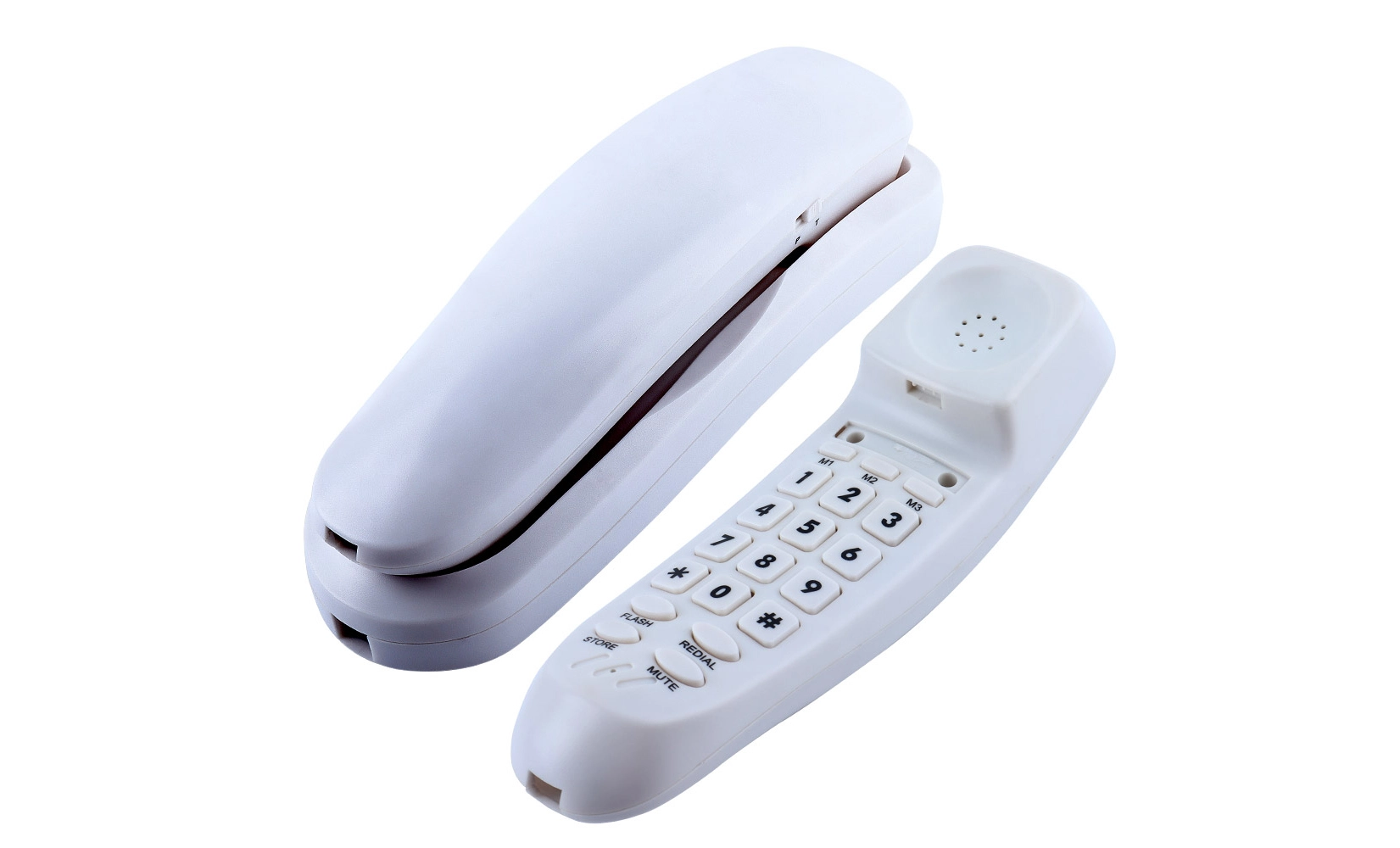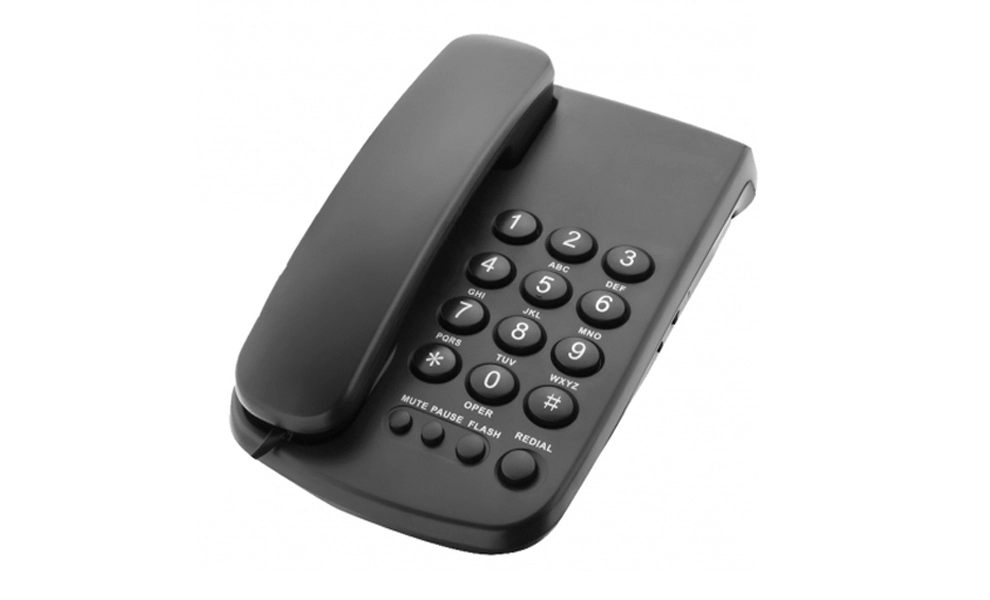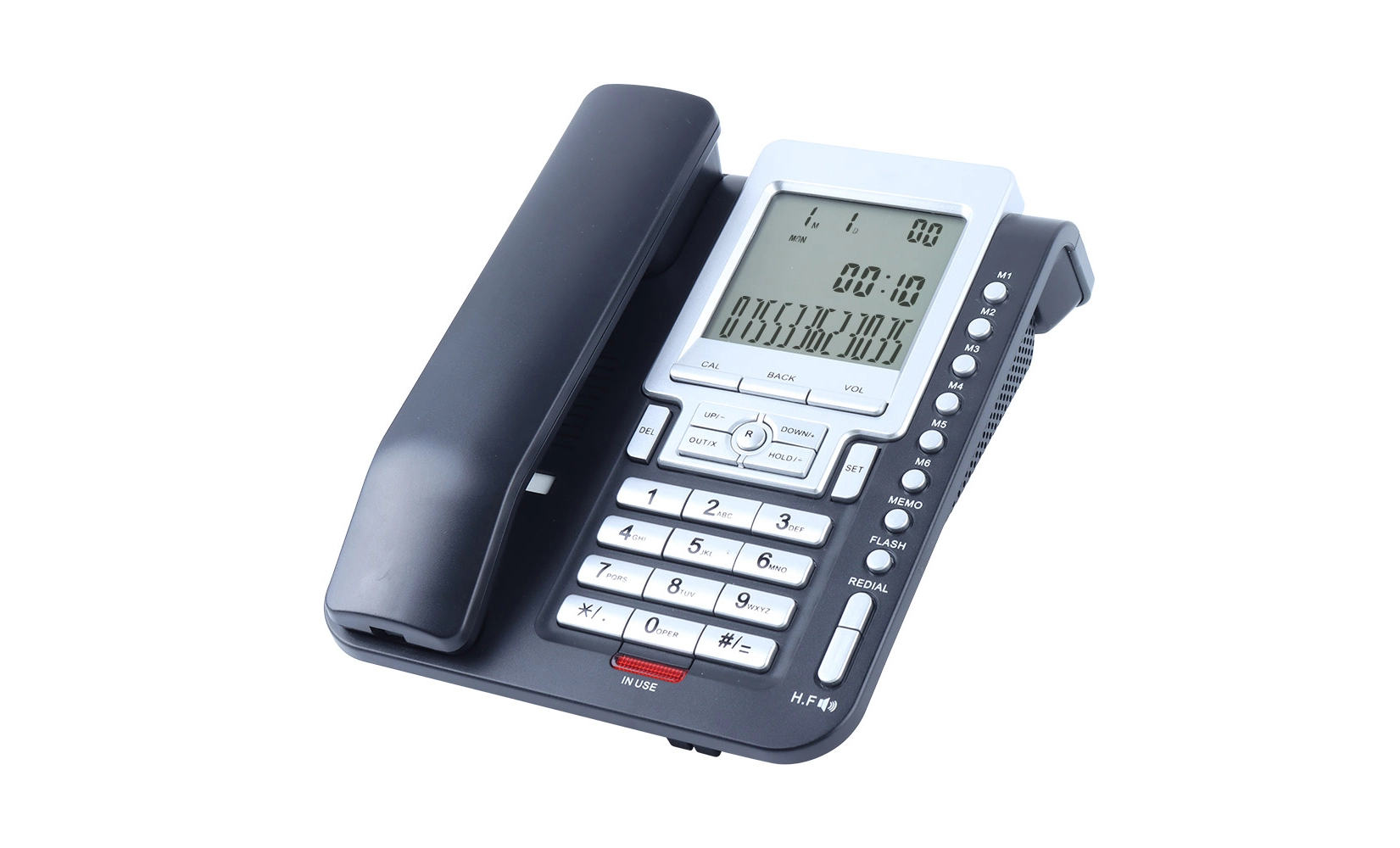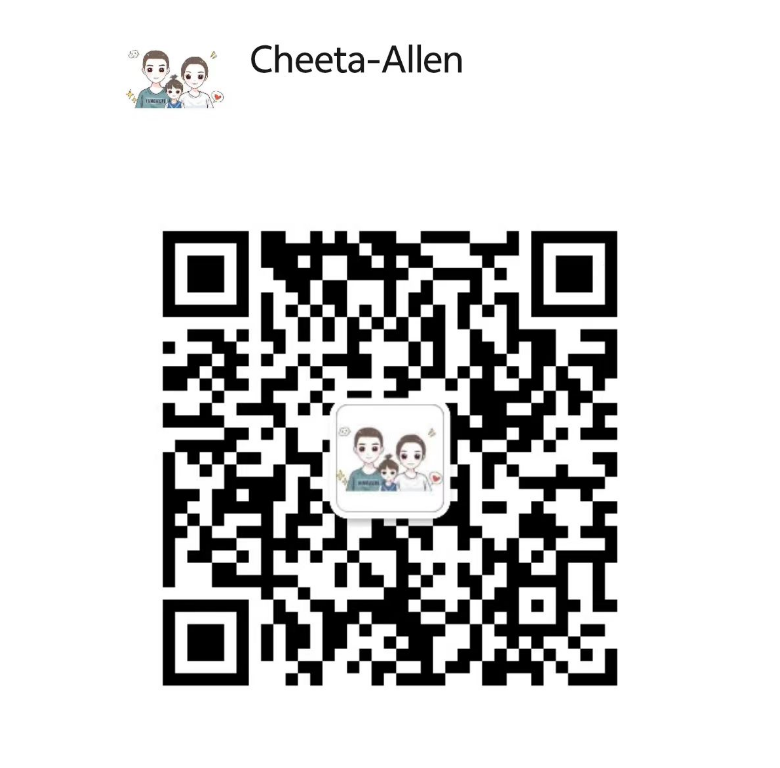What Is Caller ID and How Does It Work? Common Questions and Answers
Caller ID is a telecommunications service that displays the caller's phone number and sometimes their name on the recipient's device before they answer. This technology works by transmitting information about the caller through the phone network to the receiver's device. When a call is made, the originating phone company sends the caller's number to the receiving phone company, which then relays it to the recipient's caller ID telephone or other compatible device. This process happens in milliseconds, allowing the recipient to see who's calling before deciding whether to answer. Caller ID has become an essential feature for managing calls, enhancing privacy, and improving communication efficiency in both personal and professional settings.
The Evolution and Technology Behind Caller ID
From Analog to Digital: The Journey of Caller ID Technology
The concept of caller identification has come a long way since its inception. Initially, caller ID was limited to displaying only phone numbers on small LCD screens. As technology advanced, the capability to show names alongside numbers became possible, significantly enhancing the user experience. The transition from analog to digital networks played a pivotal role in this evolution, allowing for more data to be transmitted along with the call signal.
Modern caller ID systems utilize sophisticated protocols such as Frequency Shift Keying (FSK) and Dual-Tone Multi-Frequency (DTMF) signaling to transmit caller information. These protocols ensure that the data is accurately sent and received between the calling and receiving parties. The adoption of VoIP (Voice over Internet Protocol) technology has further expanded caller ID capabilities, integrating it seamlessly with internet-based communication systems.
How Caller ID Information is Transmitted and Displayed?
When a call is placed, the caller's information is encoded and sent as a digital signal between the first and second rings. This signal contains the caller's phone number and, if available, the name associated with that number. The recipient's caller ID telephone or device then decodes this signal and displays the information on its screen.
For landlines, the process typically involves the following steps:
- The caller's phone company sends the caller's information to the recipient's phone company.
- The recipient's phone company transmits this data to the caller ID telephone.
- The caller ID telephone decodes the signal and displays the information.
In mobile networks, the process is similar but often more integrated with the device's operating system, allowing for enhanced features such as contact matching and call blocking based on caller ID information.
Privacy Considerations and Caller ID Blocking
While caller ID offers numerous benefits, it also raises privacy concerns. To address these, most telecommunications providers offer caller ID blocking options. These can be either per-call blocking, where users can dial a code before making a call to hide their information, or line-blocking, which permanently conceals the caller's information unless they choose to unblock it for specific calls.
It's important to note that caller ID blocking may not work for all calls, particularly when calling toll-free numbers or emergency services. Additionally, some regions have laws requiring certain types of businesses to transmit caller ID information to prevent fraud and ensure accountability.
Benefits and Applications of Caller ID Telephones
Enhanced Personal Safety and Spam Call Prevention
One of the primary advantages of caller ID telephones is the increased personal safety they provide. By allowing users to see who's calling before answering, these devices help prevent potential scams and unwanted interactions. This feature is particularly beneficial for vulnerable populations such as the elderly, who are often targeted by fraudulent callers.
Caller ID technology also plays a crucial role in spam call prevention. Many modern caller ID telephones come equipped with built-in call blocking features that can automatically filter out known spam numbers or allow users to manually block unwanted callers. This functionality significantly reduces the annoyance and potential risks associated with spam and telemarketing calls.
Improved Business Communication and Efficiency
In the business world, caller ID telephones have become indispensable tools for improving communication efficiency and customer service. These devices allow receptionists and employees to prepare for incoming calls by knowing who's on the line before answering. This foreknowledge enables them to greet callers by name and have relevant information ready, leading to more personalized and efficient interactions.
Moreover, caller ID technology integrates seamlessly with Customer Relationship Management (CRM) systems, allowing businesses to automatically pull up customer records based on the incoming call number. This integration streamlines customer service processes and enhances the overall customer experience.
Call Management and Prioritization
Caller ID telephones empower users with better call management capabilities. By seeing who's calling, individuals can prioritize their responses, deciding whether to answer immediately, let the call go to voicemail, or return it later. This feature is particularly valuable in busy office environments or for individuals managing multiple responsibilities.
Additionally, many caller ID telephones offer call logging features, allowing users to review missed calls and maintain a record of incoming call history. This functionality aids in keeping track of important calls and ensures that no critical communication is overlooked.
Choosing the Right Caller ID Telephone for Your Needs
Key Features to Consider in a Caller ID Telephone
When selecting a caller ID telephone, several key features should be taken into account to ensure you choose a device that meets your specific needs:
- Display Quality: Look for phones with large, high-contrast displays that are easy to read, especially in low-light conditions.
- Call Storage Capacity: Consider how many caller IDs the phone can store. A higher capacity is beneficial for keeping track of missed calls and maintaining call history.
- Compatibility: Ensure the phone is compatible with your local telephone network and supports both FSK and DTMF signaling for broad compatibility.
- Additional Features: Some caller ID telephones offer extra functionalities like call blocking, speed dialing, and integration with answering machines.
- Ergonomics: Choose a phone with comfortable handset design and easy-to-use buttons, especially if it's intended for elderly users or those with limited dexterity.
Residential vs. Business Caller ID Telephone Systems
The needs of residential and business users differ when it comes to caller ID telephones. Residential systems typically prioritize ease of use, clear displays, and basic call management features. These phones often include simple call blocking capabilities and are designed to blend seamlessly into home decor.
Business caller ID telephone systems, on the other hand, often require more advanced features. These may include:
- Multi-line capabilities for handling multiple calls simultaneously
- Integration with office phone systems or VoIP networks
- Expandability to accommodate growing business needs
- Advanced call routing and forwarding options
- Compatibility with CRM software for enhanced customer service
When choosing between residential and business systems, consider the scale of your needs and the level of functionality required to support your communication goals effectively.
Future Trends in Caller ID Technology
As technology continues to evolve, caller ID telephones are adapting to incorporate new features and capabilities. Some emerging trends include:
- Enhanced Spam Detection: Utilizing AI and machine learning to identify and filter out spam calls more effectively.
- Integration with Smart Home Systems: Caller ID information being displayed on various smart devices throughout the home, such as smart speakers or TVs.
- Improved Mobile Integration: Better synchronization between landline caller ID systems and mobile devices for seamless call management across platforms.
- Advanced Call Analytics: Providing users with detailed insights into their calling patterns and trends.
- Enhanced Visual Voicemail: Integrating caller ID information with visual voicemail systems for more efficient message management.
Conclusion
Caller ID technology has revolutionized the way we manage our communications, offering enhanced security, efficiency, and convenience. From its humble beginnings as a simple number display to today's sophisticated systems integrated with smart technology, caller ID continues to evolve and adapt to our changing communication needs. Whether for personal use or in a business setting, choosing the right caller ID telephone can significantly improve your ability to manage calls effectively, protect against unwanted communications, and enhance overall productivity.
Leading caller ID telephone manufacturers explain tech | CHEETA
Shenzhen Cheeta Technology Co., Ltd. stands out as a premier manufacturer of analog telephones, boasting over 18 years of expertise in OEM/ODM services. Specializing in communication devices, including caller ID telephones, CHEETA combines cutting-edge engineering with rapid production capabilities. Their state-of-the-art 1,200㎡ facility, staffed by 100+ skilled workers and 10 senior engineers, ensures a daily output of 1,000 analog units. CHEETA's commitment to quality is evident in their rigorous 11-step inspection process, resulting in an impressively low failure rate of under 1%.
By adhering to CE, RoHS, FCC, and UN38.3 regulations, CHEETA guarantees products of the highest standard. Their innovative approach, which includes weekly design sessions and global case studies, allows for swift feature refinements based on user feedback. This customer-centric strategy enables CHEETA to deliver caller ID telephones that not only meet but exceed user expectations in terms of functionality, reliability, and technological advancement. For more information about CHEETA's cutting-edge telephone products, interested parties are encouraged to reach out via email at allen@cheeta.com.cn.
References
1. Smith, J. (2022). "The Evolution of Caller ID Technology: From Analog to Digital". Telecommunications Review, 45(3), 112-128.
2. Johnson, A., & Brown, L. (2021). "Privacy Concerns in the Era of Advanced Caller ID Systems". Journal of Information Security, 18(2), 56-72.
3. Lee, S., et al. (2023). "Integrating Caller ID with Customer Relationship Management: A Business Perspective". International Journal of Business Communication, 60(1), 89-105.
4. Garcia, M. (2020). "Caller ID and Spam Prevention: Current Technologies and Future Directions". IEEE Communications Magazine, 58(5), 74-80.
5. Thompson, R. (2023). "The Impact of Caller ID on Personal Safety and Communication Efficiency". Social Sciences Quarterly, 104(2), 301-317.

Kindly inform us your interested product and your detailed requirement, so that we can give you a best suggestion.

Shenzhen Cheeta Technology Co., Ltd – Leading Communication Telephone Manufacturer



